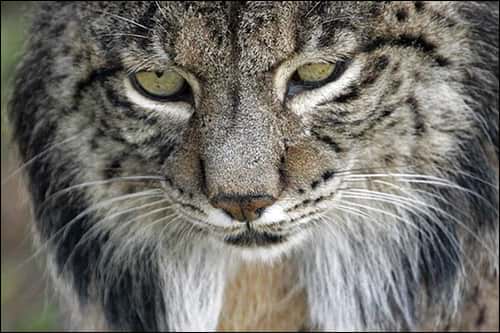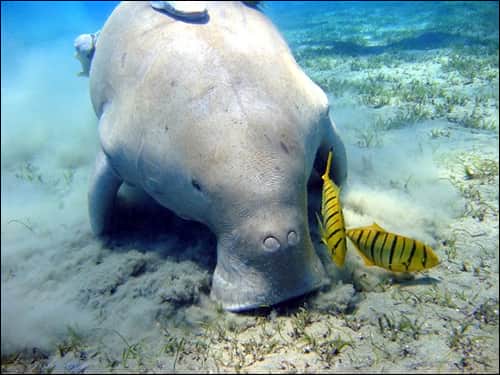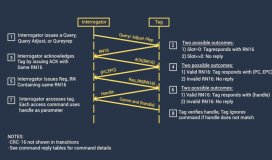The Internet of Things (IoT) has been slowly gaining consumer traction in life-improving technology; wearables and smart-homes are assisting humans with turning on the lights, and also with advanced portable health-monitoring bracelets. But what about the applications and benefits of the IoT for animals and their environments?
Monitoring Endangered Species
The Iberian Lynx
In Spain, the Iberian lynx is the world's most endangered cat: in 2002, there were fewer than 100 of them in existence. Now, thanks to the efforts of organizations like the World Wildlife Fund (WWF), there are more than 300. Very few people have ever seen an Iberian lynx, but due to camera traps and radio collars, conservationists have the ability to monitor and even name every single lynx.
Where is the value of this IoT data? Researchers are using radio collars connected to the internet to track lynxes that venture into new territories. These GPS trackers assist in poaching prevention and track the travel patterns of these mysterious cats.
The lynx often travels large distances, which exposes it to many risks. In 2014, there were 21 lynxes reported as killed on Spanish roads alone. By tracking these felines, activists are able to limit human-related deaths and other risky conditions where they wander.

Dungongs in the Philippines
Dugongs, or sea cows, are the only strictly marine herbivorous mammals, and these rare animals are now being photographed by fishermen in the Philippines. The fisherman are providing valuable insight for researchers seeking to preserve the dugongs' existence. Filipino fisherman were taught to use smartphones to upload geo-located images to the cloud using Android smartphones. Smart Earth Network (SEN) and the marine conservation non-profit C3 (Community Centred Conservation) oversee the project.
The images collected by fisherman assist conservationists in isolating dugong population locations, the times of sightings, and migration patterns as the mammals travel and procreate. The Internet of Things has allowed conservationists to ensure appropriate environments for when dugongs are hanging around, and knowing migration patterns has aided in preventing local poaching.

Honey Bees
Australia's Commonwealth Scientific and Industrial Research Organization, CSIRO, has partnered with Brazil's Vale Institute of Technology to drive a pioneering research program to monitor honey bee movements and behaviors in Hobart, Tasmania and the Amazon in Brazil.
Why, you might ask? CSIRO is finding ways to improve honey bee pollination and productivity while researching the causes of colony collapse disorder (CCD), which affects honey bee populations worldwide and is among the leading causes of hive abandonment by worker bees leaving the hive to die. The partnership between CSIRO and the Vale Institute of Technology is aimed to take this technology to Brazil, allowing them to monitor and compare bees' behaviors in Tasmania and the Amazon.
How are they conducting their test? Up to 5,000 micro radio frequency sensors measuring 2.5 millimeters by 2.5 millimeters are being placed on the backs of bees. These sensors allow for geo-locational modeling and visualization in 3D. The bees' movements and patterns can now be better documented for a more focused understanding of CCD and its leading causes.
"The sensors operate in a similar way to an aeroplane black box flight recorder in that they provide us with vital information about what stress factors impact bee health," said Professor Paulo de Souza, CSIRO's science leader. "Bees are social insects that return to the same point and operate on a very predictable schedule. Any change in their behavior indicates a change in their environment. If we can model their movements, we'll be able to recognize very quickly when their activity shows variation and identify the cause. This will help us understand how to maximize their productivity as well as monitor for any biosecurity risks".
This valuable research helps scientists in several ways: • To understand what anomalies lead to CCD, while also monitoring for any additional causes of bee deaths en masse • To achieve impacts around improved biosecurity measures, crop pollination, bee health, food production and other factors • To find out the duration of bee missions, foraging nectar, pollen or water, the effects of weather and times of resting.



